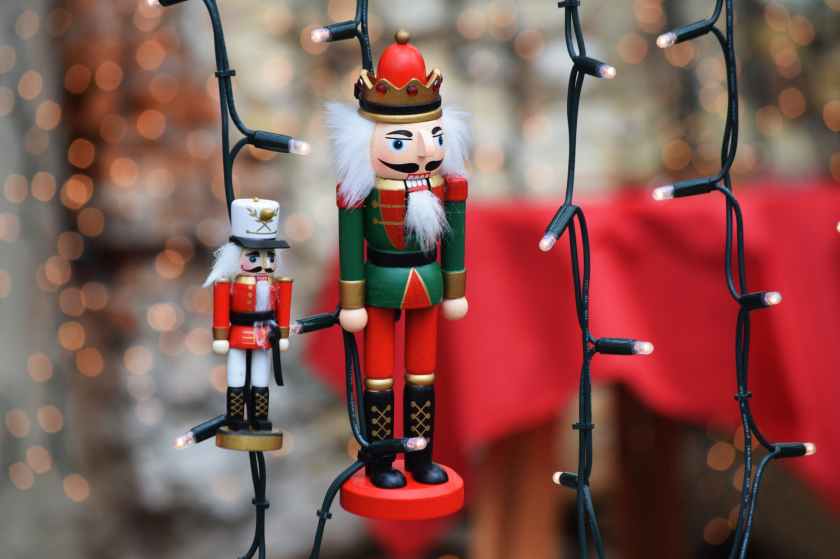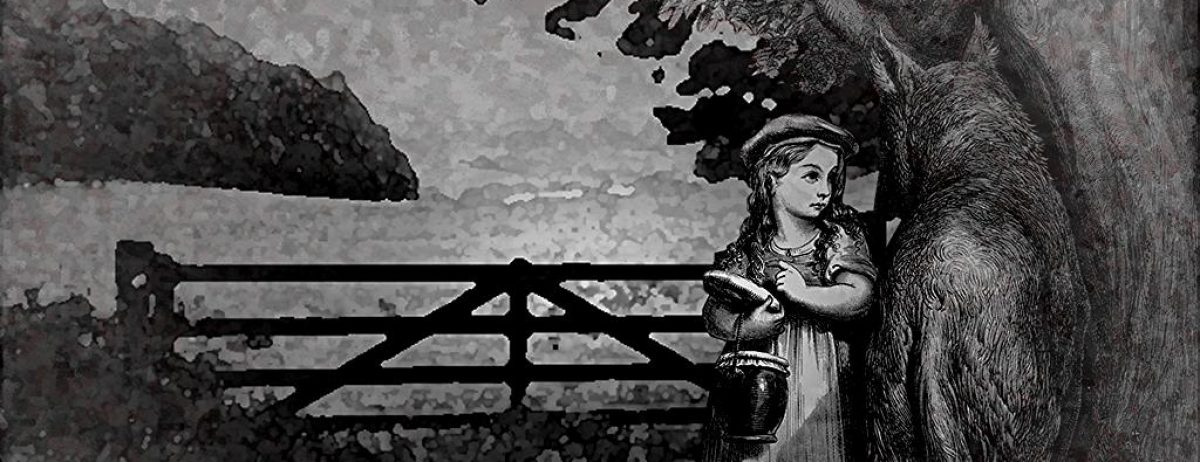This time of year, productions of The Nutcracker (1892) ballet begin to appear. From the Christmas tree setting to the Christmas gift exchange’s kicking off of the plot, this fairy tale (as it is so popularly conceived that The Greenwood Encyclopedia of Folktales and Fairy Tales lists it as such) would seem out of place at any other time of year.
The ballet itself is not directly drawn from folklore. Its first most obvious literary ancestor is E.T.A. Hoffmann’s The Nutcracker and the Mouse King (1816), itself considered a “literary fairy tale” by The Greenwood Encyclopedia of Folktales and Fairy Tales. David Blamires argues that the Drosselmeier of Hoffmann’s tale is modeled on the eponymic character of the Grimms’ tale “König Drosselbart,” aka “King Thrushbeard” (1812).
Even though no performances are coming to my area this year (except the always-accessible Netflix film), I started thinking about the ballet. Is this ballet the origin of the decorated wooden nutcracker? Would anyone have created a tool shaped like a soldier before a dramatic work in which that tool turned into a living man?
First, I began where most people begin research: Wikipedia. This article on the nutcracker doll itself claims that they have been part of “German tradition” or “German folklore,” wherein they “are symbols of good luck, frightening away malevolent spirits” and “serving as protectors of a house.”
Wikipedia’s footnotes led me to the Slate article “In a Nutshell” by Noreen Malone. Malone points to “one popular origin myth” which
“holds that a wealthy but lonely farmer who found the process of cracking nuts to be detrimental to his productivity (efficiency even pervades German folklore!) offered a reward to whoever could come up with the best solution. Each villager drew on his own professional expertise—a carpenter advocating sawing them open, a soldier shooting the suckers. But it was the puppetmaker—a profession that seems to loom large in European tall tales —who won the day, building a strong-jawed, lever-mouthed doll.”
What an interesting tale! I would love to read it, but Malone does not provide a title. Malone found the information from the hobbyist book Ornamental and Figural Nutcrackers by Judith Rittenhouse. Rittenhouse’s book is not held locally, and I cannot find it online.

The website run by The Australian Ballet company suggests a similar folkloric origin story:
“But like all good folkloric traditions, the nutcracker also has a more romantic origin story. Long ago, so another tale goes, a miserly farmer promised a reward to anyone who could crack his walnuts. From the village of Seiffen came a carver with a marvellous wooden puppet, its jaws colourfully painted and powerful enough to crack nuts. Job done! The farmer cheerfully rewarded the entire village.”
Seiffen is a German town in the heart of the Ore Mountains. It is also the heart of the wooden toy industry according to, again, Wikipedia.
I don’t claim to know every Grimm Brothers tale by heart, but I don’t think this is one of theirs. They lived in Kassel during their peak years of writing the KHM, and Google Maps says that their town is over four hours away from Seiffen traveling by car (or a 69 hour walk).
Does anyone out there know a title, author, date — anything about the original nutcracker fairy tale?
Happy holidays, everyone!

